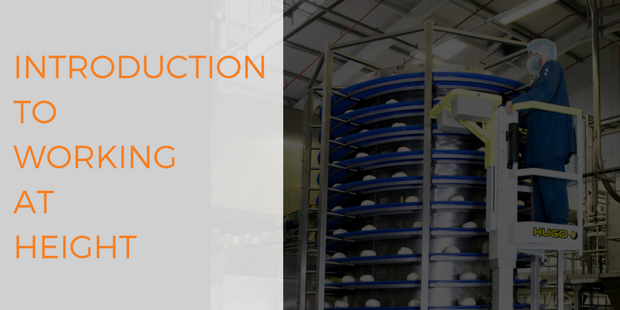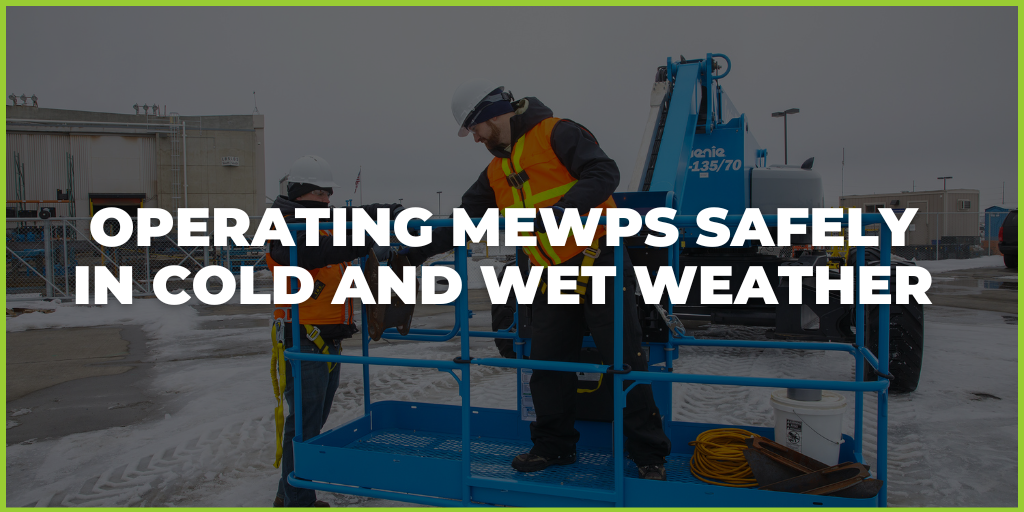In Britain in 2016/2017, 137 workers died as a result of injuries sustained from an accident in the workplace; 25 of those deaths resulted from falls from a height. These are statistics shared by the HSE, and are a reminder of the dangers of working at height when the right precautions are not taken. Under the Work at Height Regulations 2005, employers have an obligation to protect their employees from falls when working at height. The purpose of this article is to introduce employer’s obligations under the regulations and practical steps that can be taken to avoid injury and fall foul of the legislation.
Regulations Made Simple
According to the HSE, the following steps should be followed:
- Avoid work at height where it is reasonably practicable to do so;
- Where work at height cannot be avoided, prevent falls using either an existing place of work that is already safe or the right type of equipment;
- Minimise the distance and consequences of a fall, by using the right type of equipment where the risk cannot be eliminated.
In summary, the HSE are expecting employers to take a proactive approach to planning how work will be carried out and avoiding working at height where possible. Where avoidance is not an option, the employer must minimise the risk of falls. It is therefore expected that the most suitable equipment is used.
Practical Steps
The HSE provides a number of practical steps that employers should observe to reduce the risks associated with working at height:
- Ensure workers can get safely to and from where they work at height;
- Ensure equipment is suitable, stable and strong enough for the job, maintained and checked regularly;
- Make sure you don’t overload or overreach;
- Take precautions when working on or near fragile surfaces;
- Provide protection from falling objects;
- Consider your emergency evacuation and rescue procedures.

Steps to Success
When we speak to clients about working at height, we outline three important steps to ensure the practical steps of adhering to the regulations are observed.
- Create a positive safety culture in the workplace
Regardless of policy set out by the employer, safety almost always is in the hands of the employees who make the decisions about working practices in real time. A positive approach to safety that is part of the company culture will not only permeate without policy, but will also be self-sustaining.
- Risk reduction
Having a risk management framework is very important. Ensure that risks are assessed and minimised.
- Have a checklist
There are a number of things to consider when working at height. Therefore it is advantageous to have a checklist of these considerations to run through for each situation.
In Summary
The risks of working at height are obvious, and are sadly highlighted by the fatality statistics shared in the introduction. There are very clear obligations on employers set out by the HSE, and there is simple guidance of how to comply. For some employers, they may need assistance with respect to the most suitable equipment to use for certain work at height scenarios. For example a self-propelled scissor lift, a push around vertical lift, or perhaps a bespoke platform. This is where we come in at HLS, as we are experts in mobile access equipment for working at height, and we can advise you on the most suitable solution.






